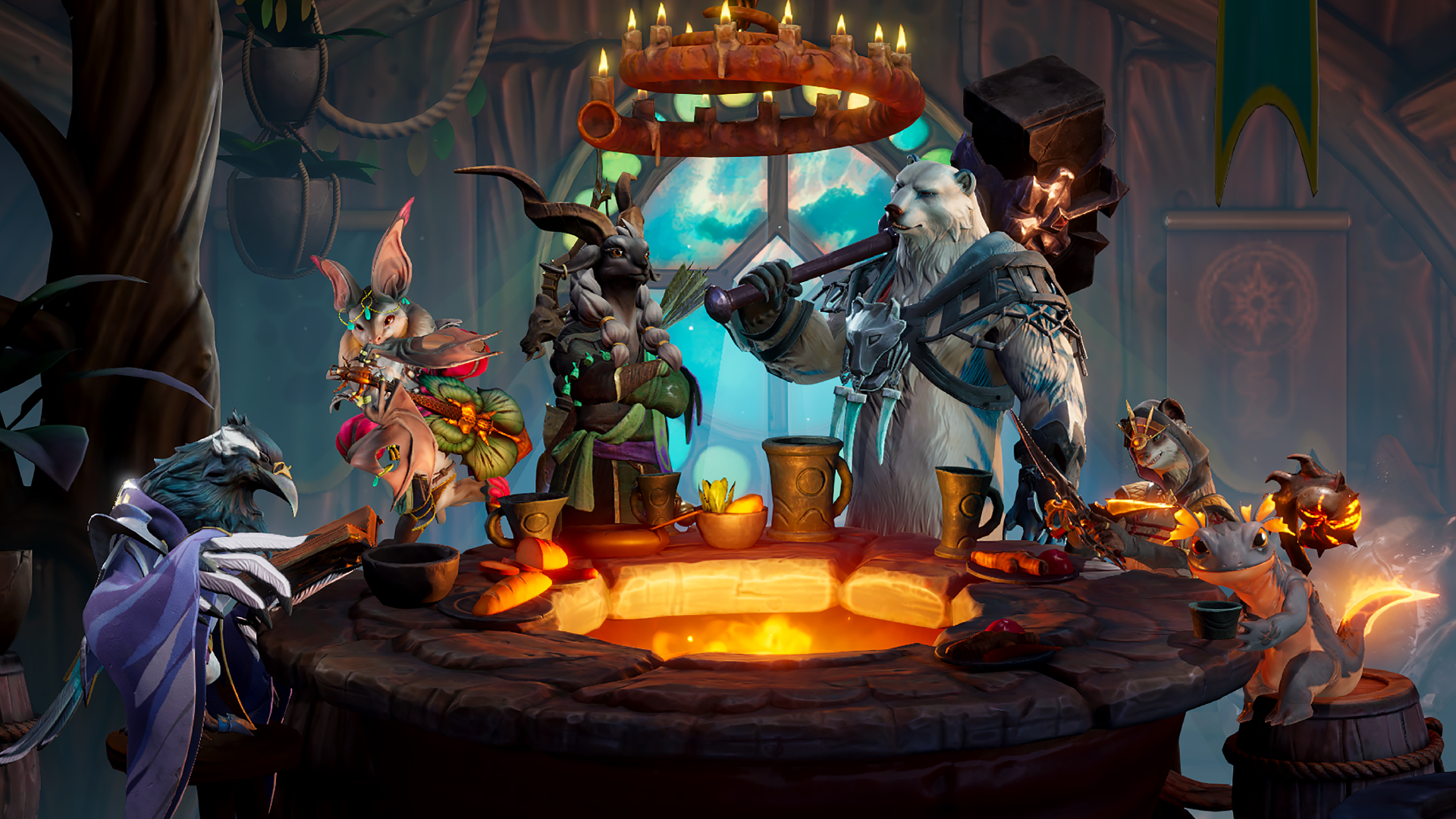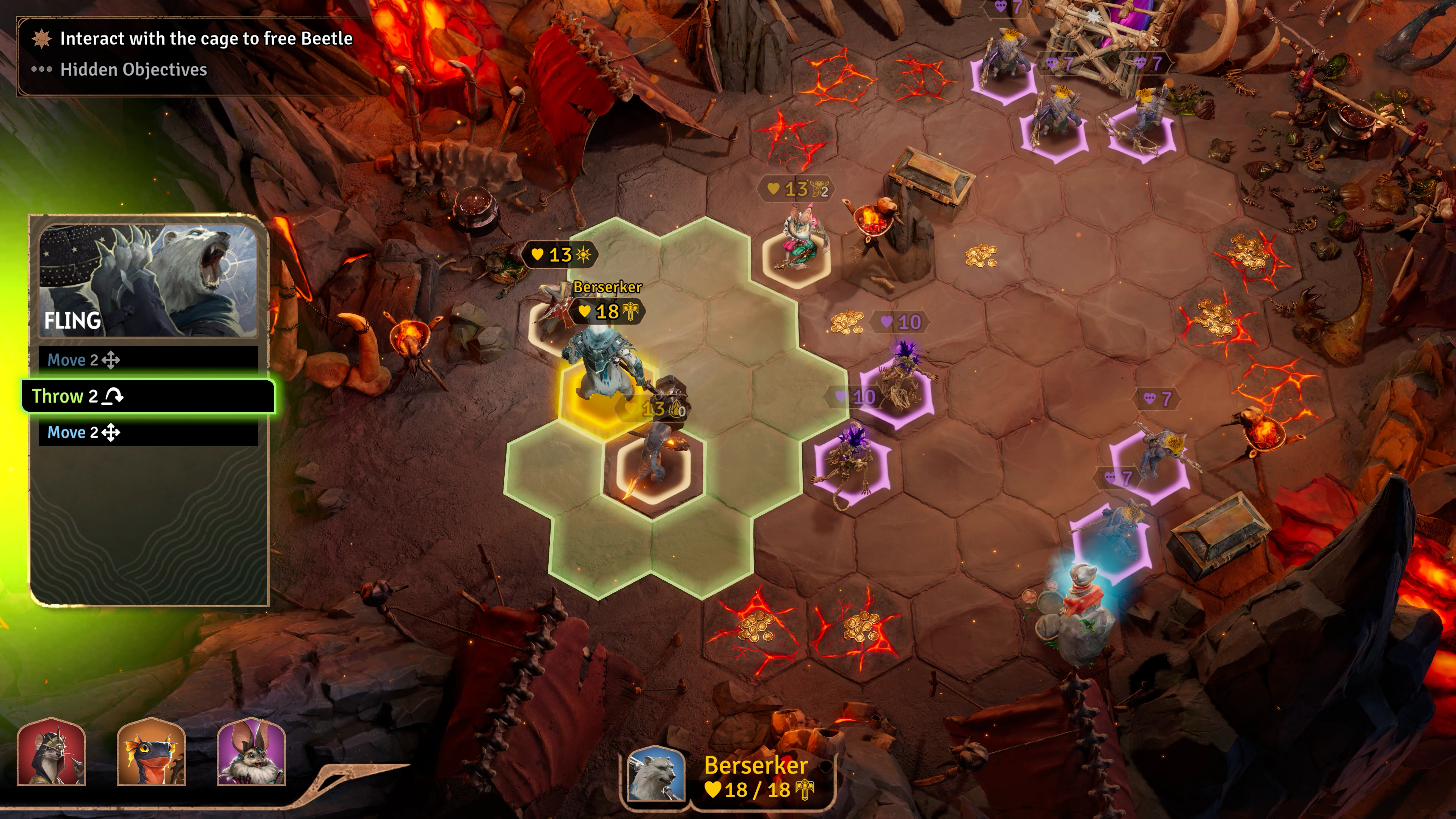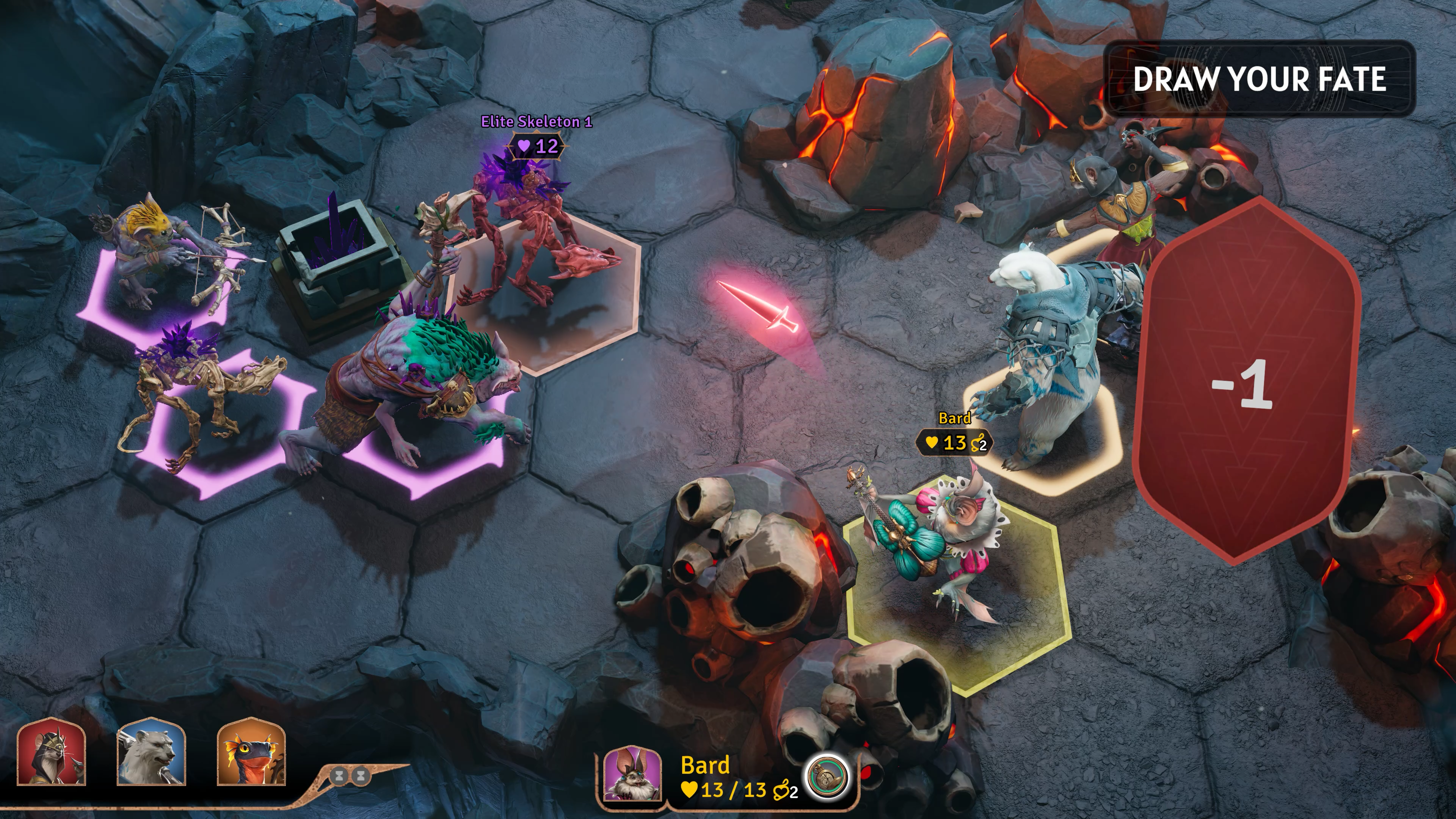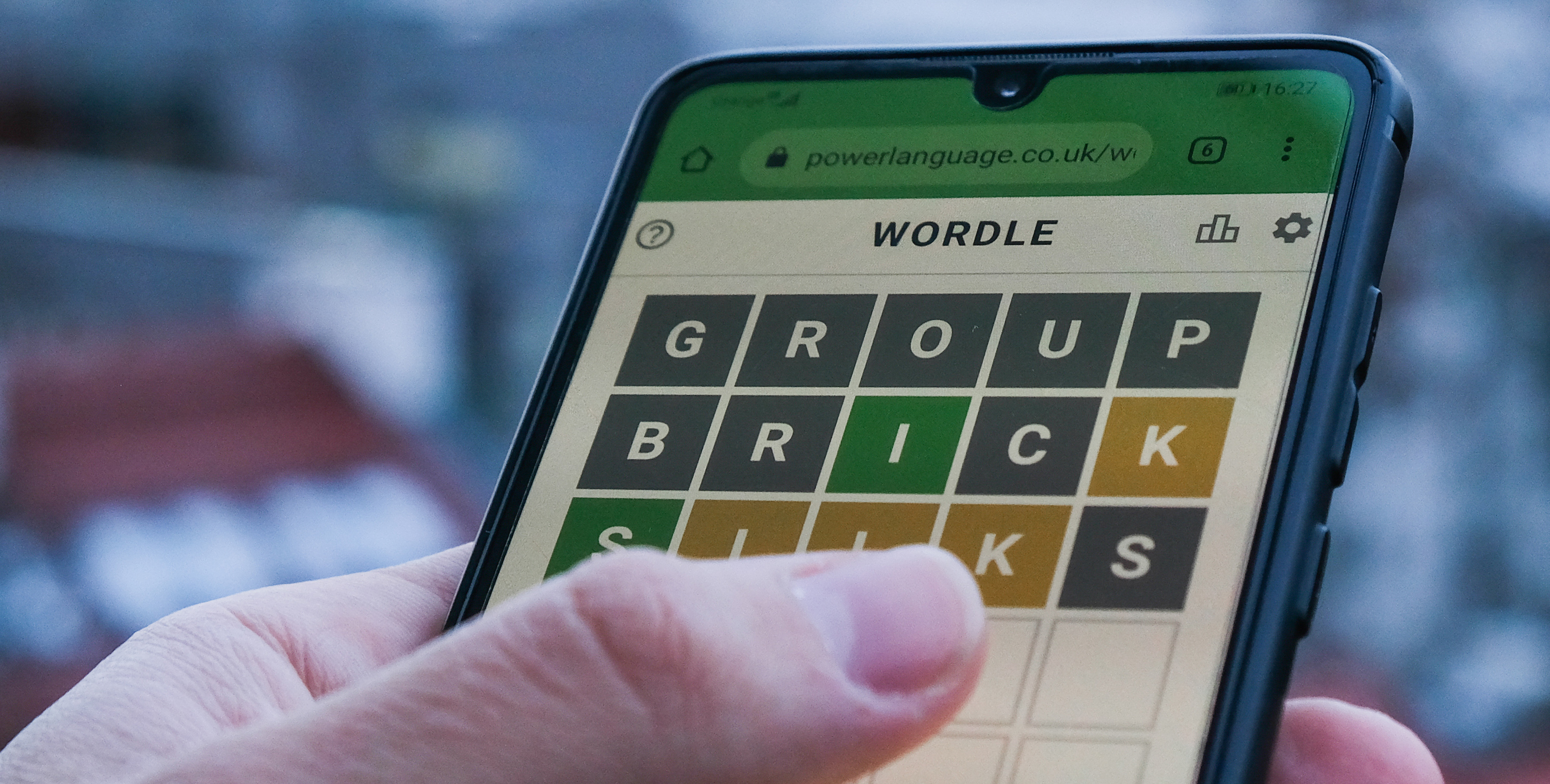
It's not pen and paper, but it's pretty damn good.
Sunderfolk is the latest attempt at an experiment that’s never quite succeeded. Secret Door’s co-op-centric tactical RPG aims to capture the fun of tabletop roleplaying in a more approachable format by using smartphones as controllers for the party’s actions on a central screen.
Sunderfolk makes an impressive showing. Secret Door seems like it’s carefully considered how to make the most of a phone’s potential as a controller, and it played great when I tried it at GDC in March. I’m just left wondering how many game groups would actually choose it over pen and paper.

Secret Door is one of two in-house dev studios under the banner of Dreamhaven, the company founded by former Blizzard CEO Mike Morhaime alongside other Blizzard veterans. That pedigree immediately shows in Sunderfolk: Its party of animalfolk heroes have colorful, characterful designs, and the presentation has that Blizzard-tier polish.
Sunderfolk’s phone controls and interface, I was surprised to find, felt just as polished during my demo’s single battle of turn-based tactics. I was joined by PC Gamer senior video producer Scott Tanner, who took on the role of the berserker: a burly, axe-swinging polar bear. I opted for the ranger, a bow-wielding, spiral-horned markhor, and a bat bard rounded out our party with support abilities.
Turns alternate between the player party and the enemies populating the hexgrid map—hostile skeletons, in our case, who’d stolen the prize beetle from our village’s bug herders. Players attack and use abilities by choosing from skill cards on their phones, determining how their character will move, attack, and affect enemies during their turn.
My Ranger had three cards to choose from each turn: a standard walk-shoot-walk attack, a knockback skill that could push enemies away and leave hindering vines behind them, and an arrow that could pierce through enemies in a straight line and leave them temporarily vulnerable to extra damage.
I was worried about how clumsy it would be to control a tactics game through a smartphone, but it worked remarkably well.
I was worried about how clumsy it would be to control a tactics game through a smartphone, but it worked remarkably well. Swiping my thumb across my phone to move the cursor on the main screen produced a slight, tactile tick of vibration whenever it moved across a map hex. I always had a clear idea of how I was positioning my character and placing my attacks, which is more than I can say for plenty of tactics games with traditional mouse and keyboard controls.
The party’s turn has no set player order, providing a lot of freedom for setting up skill combos. Each player has access to a “coordination mode” that lets them freely move a cursor on the main screen to help indicate who would have to go where while planning out your party’s next moves.
We were quickly running plays where our bard could pull in enemies in a radius, lining them up for my perforating arrow debuff so our berserker could level them with an AOE whirlwind attack. When it came time to guide our beetle off-screen after freeing it from its cage, we had a moment of real triumph when we cleared a lane for its escape through an immaculate turn of tactical shoving, pulling, and skeleton-tossing.
Sunderfolk seemed promising outside of combat, too.
I’d like to see how well Sunderfolk works over screen sharing—Secret Door said it wants it to be just as playable for Discord friend groups as it is for in-person parties—but its phone controls did an admirable job of allowing for those “ah-ha” moments when your TTRPG comrades come up with a cool battle strategy. And skill card mechanics are presented through keywords that you can tap for a deeper explanation, making your decisions during a turn a bit more digestible.
Sunderfolk seemed promising outside of combat, too. Between battles, players will return to their village of besieged woodland creatures, where they can gradually gain access to progression mechanics like equipment upgrades and skill card management. And while Secret Door said the 30-to-40 hour campaign won’t feature many branching story paths, it’s giving players opportunities to shape their own character’s experience.
In the village, players can interact with vendors and village NPCs to increase their bonds—and even open up romance opportunities, if my goat lady really hits it off with another beastperson. However, you get a limited number of NPC interactions after each battle, so each player will have their own priorities and attachments as they progress through the story.
The party also has chances to author a bit of the story’s flavor. My group, for example, got to name our beetle ward during its rescue, which it kept back in the village when it became an NPC we could visit after our fight.
While I was quickly convinced that Sunderfolk is well-made, I’m not entirely confident about how many groups would choose it for their next game night over a traditional TTRPG. It’s hard to match the appeal of my friends and I experiencing a story with characters fully of our own making. And while coordination mode is a great inclusion, I’ve played enough co-op RPGs to worry about how many groups will find themselves just following the directions of the one player who identifies the optimal solution the fastest—something Sunderfolk might be more prone to when players aren’t doing full pen and paper roleplay.
For groups without someone who wants to bear the dungeon master’s burden, however, Sunderfolk could be a satisfying alternate venue for a campaign’s worth of tactics battles.
Sunderfolk launches April 23 on Steam. The mobile app is free, so only one host player has to own the game for a full party to play together. (You can play solo, too.)







